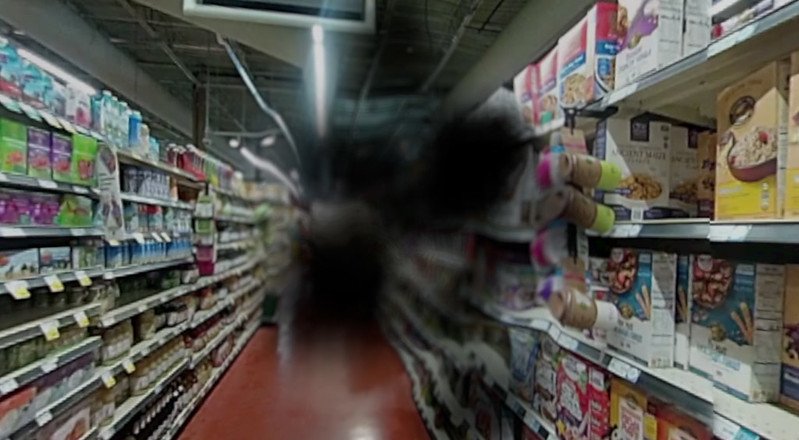| Back to Back Issues Page |
 |
|
Macular Degeneration and Central Vision Loss March 08, 2024 |
Hello Macular Degeneration and Central Vision LossCentral vision loss is one of several common symptoms of macular degeneration. When there is a grey, black, blurry or blind spot in the middle of one's vision it is called a central scotoma.
The spot may start out as a blurriness in one's central vision and progress to a gray or black spot that blanks out a portion of what one sees. Those experiencing a central scotoma can compensate for their loss of central vision by using their peripheral vision or what is called a Preferred Retinal Location (where healthy photoreceptor cells reside). The February 2008 Edition of Restorative Neurology and Neuroscience reports that "Reorganization of visual processing is related to eccentric viewing in patients with macular degeneration." In other words when one compensates for loss of central vision by using peripheral vision or what is called a Preferred Retinal Location, the brain reorganizes as well. There seems to be a reorganization in the visual cortex. This knowledge may lead to the development of more effective rehabilitation programs or tools to enhance the vision of those with AMD. Find out more how a central scotoma impacts one's vision and strategies for optimizing one's peripheral vision. What is a Central Scotoma and What Strategies Can Help to Optimize My Vision Leslie Degner, RN, BSN Better Health for Better Vision |
| Back to Back Issues Page |
